Sizzling Spice Secrets: 7 Brazilian Food Traditions You Can’t Miss!
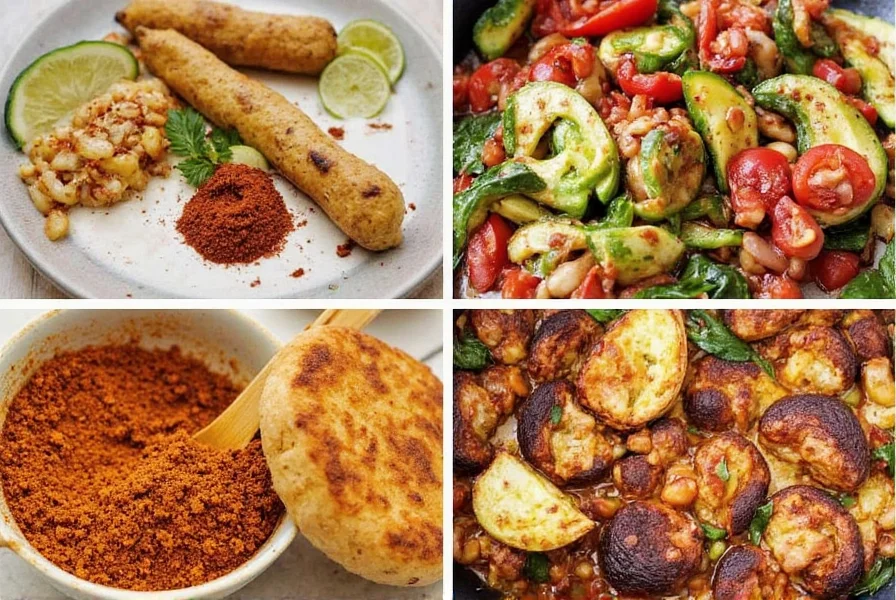
Table of Contents
- A Taste of Brazil: Where Flavor Meets Culture
- The Roots of Brazilian Cuisine: A Spiced Melting Pot
- 7 Brazilian Food Traditions That Will Heat Up Your Kitchen
- Spice Spotlight: Must-Have Ingredients for Authentic Flavors
- Buying Guide: Choosing the Best Brazilian Spices & Products
- Easy Recipes to Try at Home
- Final Thoughts: Spice Up Your Life with Brazilian Flavors
A Taste of Brazil: Where Flavor Meets Culture
Brazil isn’t just known for its samba, sun-drenched beaches, and Carnival — it’s also home to one of the most diverse and flavorful cuisines in the world. From street vendors slinging pastéis to rich stews simmered over open fires, Brazilian food is a symphony of heat, aroma, and color.
What makes Brazilian cuisine truly unique? The answer lies in its blend of indigenous roots, African influences, Portuguese colonization, and immigrant contributions from Asia, the Middle East, and beyond. And at the heart of it all? Spices. Whether you're whipping up a classic moqueca or marinating chicken for churrasco, knowing your spices can make or break the dish.
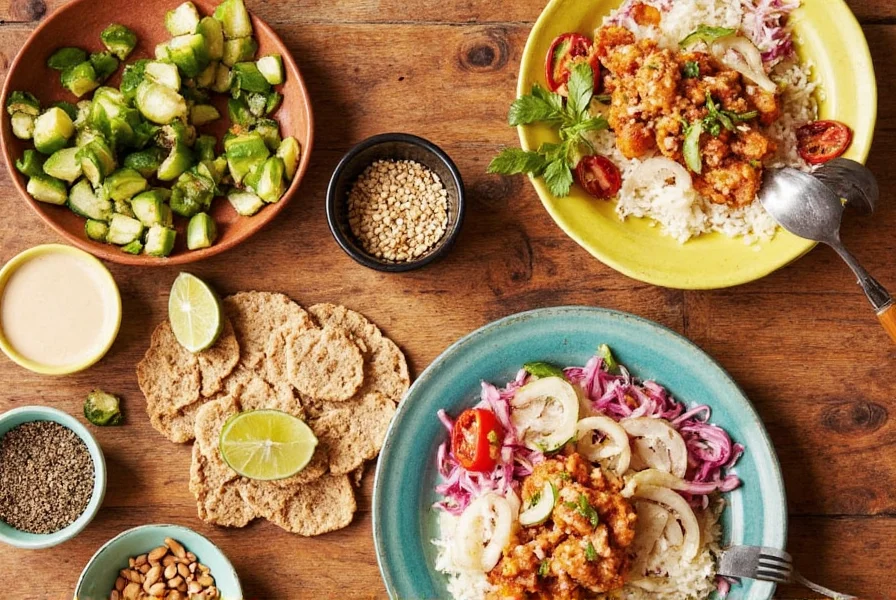
The Roots of Brazilian Cuisine: A Spiced Melting Pot
Brazilian food traditions are as layered as a perfectly grilled picanha steak. Let’s take a quick stroll through history:
- Indigenous Foundations: Native tribes like the Tupi introduced cassava, peppers, and palm oil — essential elements that still define regional flavors today.
- African Influence: Enslaved Africans brought bold seasonings, black-eyed peas, and a love for deep frying, giving rise to dishes like acarajé.
- Portuguese Touches: Salt, garlic, onions, and olive oil became pantry staples thanks to Portugal's colonial presence.
- Immigrant Twists: Japanese immigrants brought soy sauce, while Lebanese cooks added sumac and za’atar into the mix.
All these cultures left their mark — especially on how Brazilians use spice. It’s not just about heat; it’s about harmony, depth, and authenticity.
7 Brazilian Food Traditions That Will Heat Up Your Kitchen
Ready to bring the tropics into your kitchen? Here are seven flavor-packed traditions that will spice up your culinary journey — no passport required.
- Cheers to Cachaça-Infused Dishes
Cachaça (sugar cane liquor) isn't just for caipirinhas! Use it to deglaze pans or marinate meats. Its earthy sweetness pairs beautifully with smoky paprika and chili paste. - Dive Into Moqueca Magic
This seafood stew uses dendê (palm oil), bell peppers, and coriander to create a vibrant orange-red broth. Serve with rice and farofa for an authentic coastal experience. - Pimenta de Mesa: Tabletop Pepper Power
No Brazilian table is complete without a shaker of hot red pepper flakes. Guests sprinkle it on everything from beans to fried snacks. - Churrasco Seasoning: Grill Like a Champion
Brazilian barbecue, or churrasco, relies on coarse salt and simple spice blends. Rub onto skewered meats and grill slowly for maximum flavor absorption. - Feijoada Friday Feasts
The national dish, feijoada, is a slow-cooked black bean stew loaded with smoked pork, bay leaves, and onion. Serve with orange slices to cut through the richness. - Coconut Curry Creations
From Bahia to Amazonas, coconut milk and malagueta peppers turn curries into creamy, spicy delights. Perfect for fish, shrimp, or even plantains. - Street Snack Sauces: Pico de Gallo, but Make It Tropical
Try making a Brazilian-style salsinha (cilantro-lime sauce) with finely chopped onions, green chili, and vinegar. Drizzle over pastéis, empanadas, or grilled meat skewers.
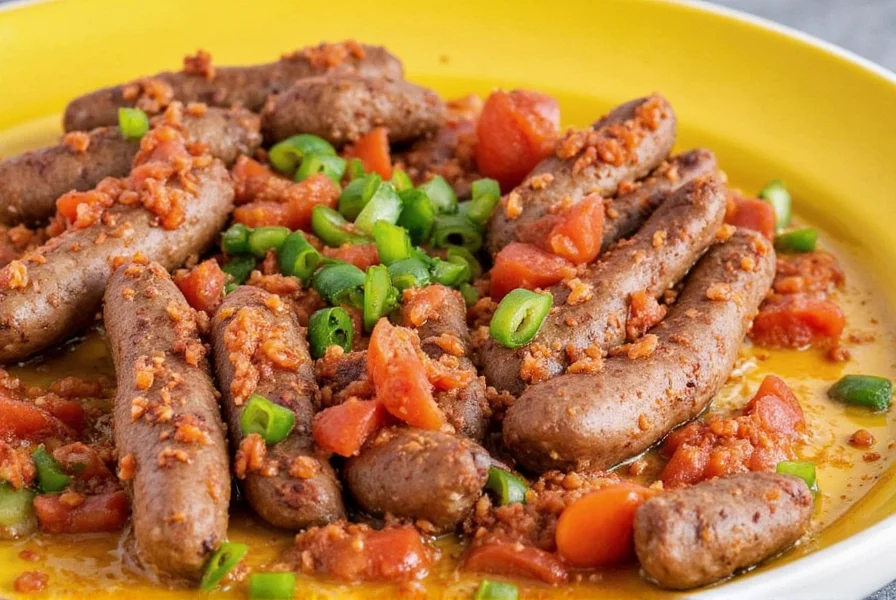
Spice Spotlight: Must-Have Ingredients for Authentic Flavors
Want your dishes to taste like they came straight out of São Paulo or Salvador? Stock your pantry with these key players:
| Spice/Ingredient | Description | Common Uses |
|---|---|---|
| Dendê (Palm Oil) | Deep orange oil with a rich, nutty flavor and slight bitterness | Mixed into moqueca, acarajé, and stews for color and flavor |
| Malagueta Pepper | Tiny, fiery pepper with a fruity kick | Used in sauces, marinades, and table spice blends |
| Coarse Sea Salt | Roughly ground salt used for seasoning meats during grilling | Especially popular in churrasco-style preparations |
| Cilantro (Coriander Leaves) | Fragrant herb that adds freshness and brightness | Added to stews, sauces, and salads |
| Vinegar | White or apple cider vinegar | Used in tangy dipping sauces and marinades |
| Bay Leaf (Louro) | Aromatic leaf that infuses depth into slow-cooked dishes | Stews like feijoada wouldn't be the same without it |
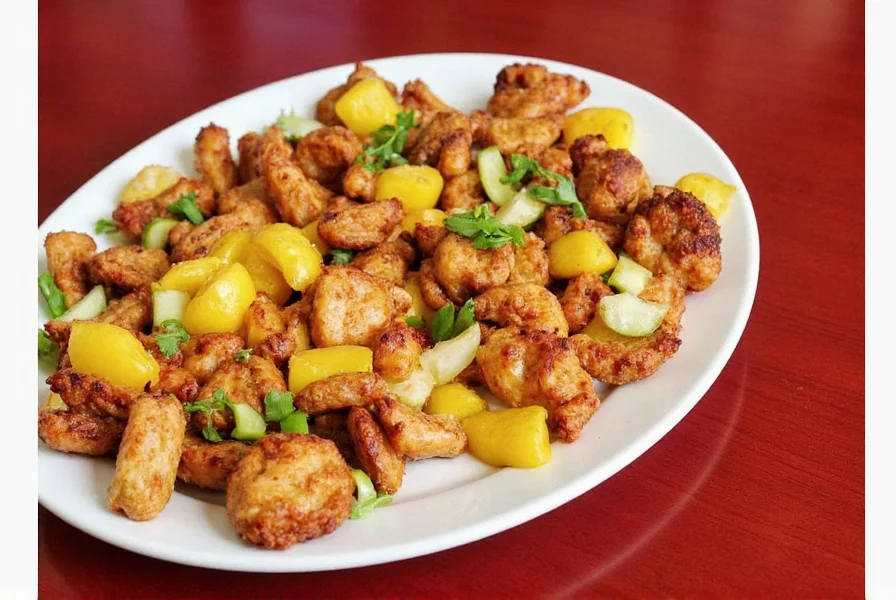
Buying Guide: Choosing the Best Brazilian Spices & Products
If you’re ready to dive headfirst into Brazilian cooking, here’s what to look for when shopping for spices and ingredients:
1. Dendê (Palm Oil)
- Best Brand: Amore e Lata
Features: Pure, unrefined, sustainably sourced
Advantages: Rich texture and bold color
Use Cases: Moqueca, acarajé, rice dishes
Target Audience: Seafood lovers, vegetarians seeking bold flavor
Occasions: Family dinners, themed dinner parties
2. Malagueta Pepper Flakes
- Best Brand: Casa da Pimenta
Features: Naturally dried, no additives
Advantages: Fresh, fruity heat without overpowering flavor
Use Cases: Salsinha, vinaigrettes, soups
Target Audience: Spice enthusiasts, adventurous eaters
Occasions: Weeknight meals, weekend brunches
3. Coarse Sea Salt
- Best Brand: Salinas do Nordeste
Features: Hand-harvested from Brazilian coastlines
Advantages: Natural minerals enhance grilled meats
Use Cases: Churrasco, seasoning vegetables
Target Audience: Meat lovers, backyard grillers
Occasions: Summer barbecues, casual get-togethers
4. Cilantro Seeds vs. Fresh Leaves
- Best Brands: McCormick (seeds), Fresh Harvest (fresh leaves)
Features: Seeds add earthiness; fresh leaves add brightness
Advantages: Versatile for different recipes
Use Cases: Stews, sauces, garnishes
Target Audience: Everyday cooks and professional chefs alike
Occasions: Weekday dinners, festive occasions
5. Vinegar for Tangy Kicks
- Best Brands: Heinz White Vinegar, Apple Cider Vinegar by Bragg
Features: Clean acidity and subtle fruit notes
Advantages: Balances heavy dishes and adds zing
Use Cases: Salsinha, marinades, pickled veggies
Target Audience: Health-conscious cooks, flavor seekers
Occasions: Lunches, quick bites, side dishes

Easy Recipes to Try at Home
You don’t need to book a flight to Brazil to enjoy these bold flavors. Here are three simple yet unforgettable recipes using the spices we discussed:
1. Quick & Tasty Brazilian Moqueca (Seafood Stew)
- Ingredients: Shrimp, white fish fillets, tomatoes, bell peppers, garlic, dendê, coconut milk, cilantro, salt, pepper.
- Instructions: Sauté garlic and peppers, add seafood and tomatoes, then stir in coconut milk and dendê. Simmer gently, finish with fresh cilantro.
- Serving Tip: Serve with steamed rice and crispy farofa on the side.
2. Churrasco-Style Skewered Chicken
- Ingredients: Chicken thighs, coarse sea salt, black pepper, olive oil.
- Instructions: Marinate chicken in salt, pepper, and oil for 2 hours. Thread onto skewers and grill until charred and juicy.
- Serving Tip: Pair with chimichurri or a Brazilian-style salsinha.
3. Feijoada in a Hurry (Slow Cooker Style)
- Ingredients: Black beans, smoked sausage, bacon, onions, garlic, bay leaves, salt, pepper.
- Instructions: Add all ingredients to a slow cooker and cook on low for 6–8 hours. Mash some beans for thickness if desired.
- Serving Tip: Serve with orange wedges and rice for authenticity.
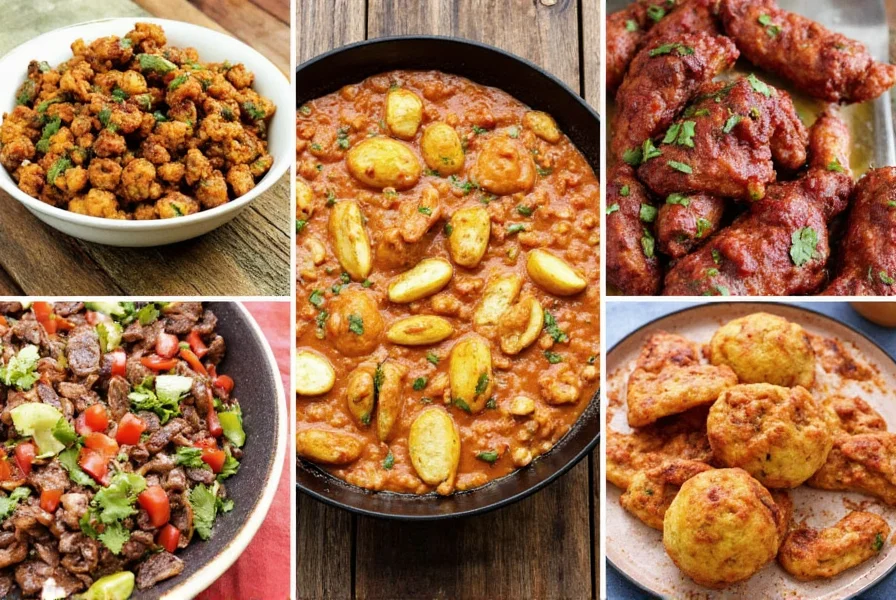
Final Thoughts: Spice Up Your Life with Brazilian Flavors
Brazilian food traditions aren’t just about filling your belly — they’re about igniting your senses, connecting with culture, and bringing joy to every meal. With the right spices and a dash of enthusiasm, you can transform your kitchen into a Carnaval of flavor.
Whether you're grilling like a gaucho, simmering a hearty stew, or spicing up your snacks with pimenta de mesa, each bite tells a story. So go ahead — reach for those spices, embrace the heat, and let your inner Brazilian chef shine!
And remember, life is too short for bland food. Keep it spicy, keep it real, and above all… vamos comê!











 浙公网安备
33010002000092号
浙公网安备
33010002000092号 浙B2-20120091-4
浙B2-20120091-4